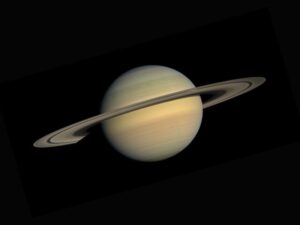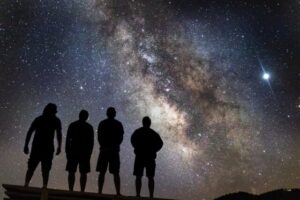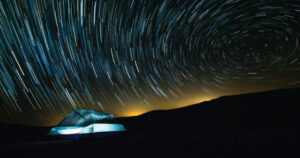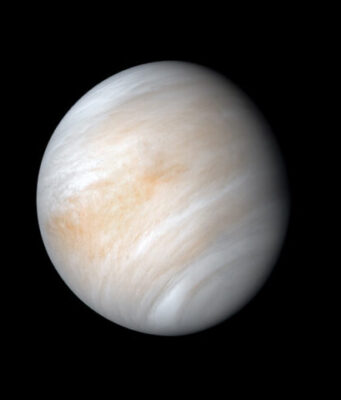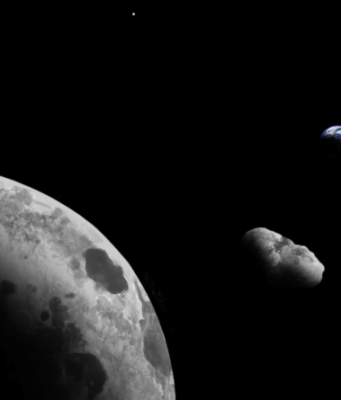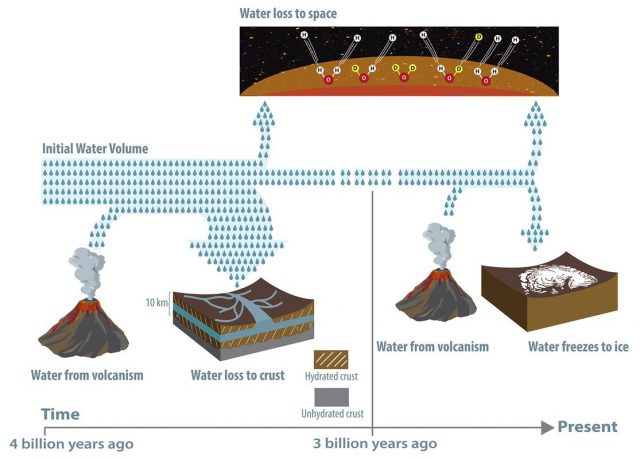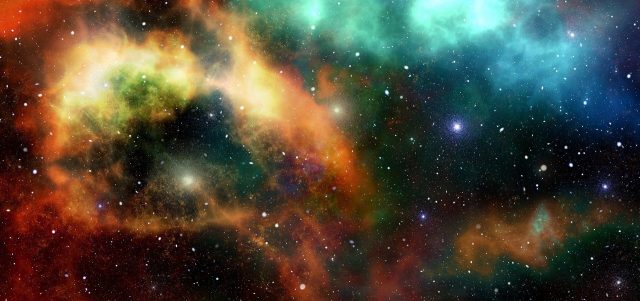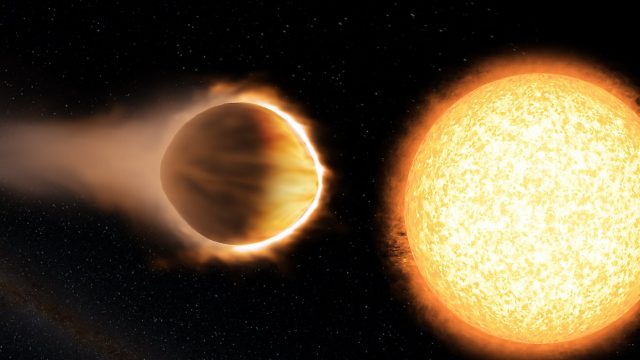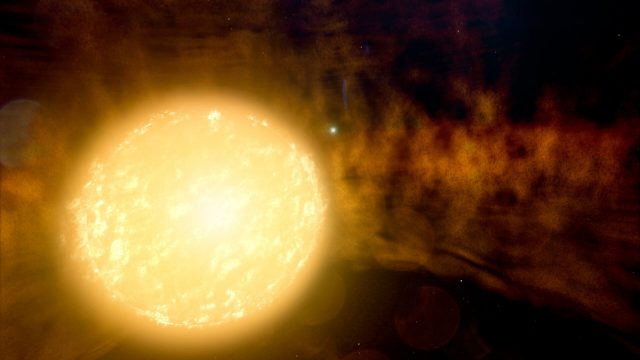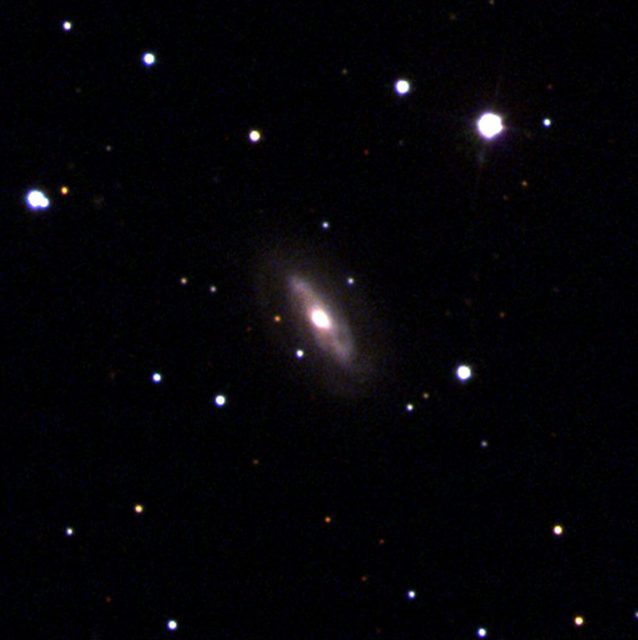Astronomers are now in a better position to interpret observations of supernova remnants thanks to computer simulations of these cataclysmic events by RIKEN astrophysicists.
When certain types of stars die, they go out in a blaze of glory—an incredibly powerful explosion known...
Billions of years ago, the Red Planet was far more blue; according to evidence still found on the surface, abundant water flowed across Mars and forming pools, lakes, and deep oceans. The question, then, is where did all that...
Radio telescopes are the world's most sensitive radio receivers, capable of finding extremely faint wisps of radio emission coming from objects at the farthest reaches of the universe. Recently, a team of astronomers used the National Science Foundation's Karl...
One of the most profound discoveries in planetary science over the past 25 years is that worlds with oceans beneath layers of rock and ice are common in our solar system. Such worlds include the icy satellites of the...
Using light from the Big Bang, an international team led by Cornell University and the U.S. Department of Energy's Lawrence Berkeley National Laboratory has begun to unveil the material which fuels galaxy formation.
"There is uncertainty on the formation of...
Scientists believe they have identified a meteorite formed in the first million years of our solar system, making it the oldest known meteor of volcanic origin.
The space rock, which began its journey some 4.5 billion years ago, has already proved...
In order to withstand the rigors of space on deep-space missions, food grown outside of Earth needs a little extra help from bacteria. Now, a recent discovery aboard the International Space Station (ISS) has researchers may help create the...
An atmosphere is what makes life on Earth's surface possible, regulating our climate and sheltering us from damaging cosmic rays. But although telescopes have counted a growing number of rocky planets, scientists had thought most of their atmospheres long...
Astronomers have painted their best picture yet of an RV Tauri variable, a rare type of stellar binary where two stars -- one approaching the end of its life -- orbit within a sprawling disk of dust. Their 130-year...
Scientists have long theorized that supermassive black holes can wander through space—but catching them in the act has proven difficult.
Now, researchers at the Center for Astrophysics | Harvard & Smithsonian have identified the clearest case to date of a...
University of Arizona researcher Jekan Thanga is taking scientific inspiration from an unlikely source: the biblical tale of Noah's Ark. Rather than two of every animal, however, his solar-powered ark on the moon would store cryogenically frozen seed, spore,...



